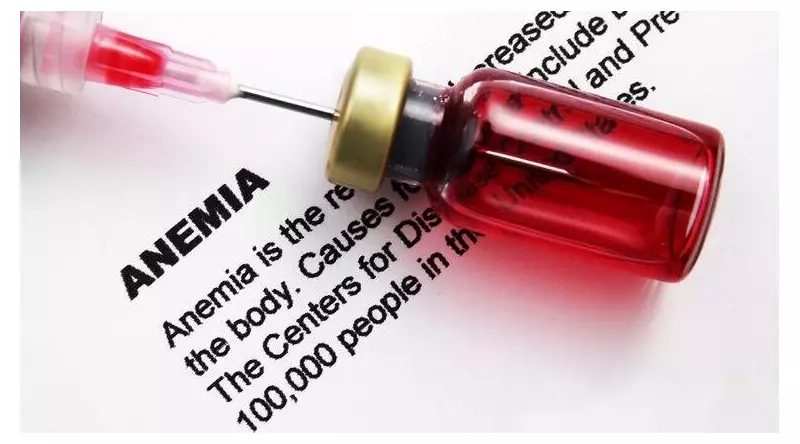
In a remarkable turnaround story emerging from India's heartland, Bihar is demonstrating that strategic healthcare investments can yield dramatic improvements in public health outcomes, particularly in the persistent battle against anaemia among women and children.
The Anaemia Challenge: A National Concern with Local Solutions
Anaemia has long been a silent epidemic across India, affecting millions of women and compromising maternal and child health. While national statistics remain concerning, Bihar's focused approach offers hope and valuable lessons for other states grappling with similar challenges.
Bihar's Multi-Pronged Strategy
The state government has implemented a comprehensive strategy that goes beyond traditional approaches:
- Enhanced Nutritional Support: Expanding and strengthening supplementation programs with iron and folic acid tablets
- Dietary Diversification: Promoting consumption of iron-rich foods through community awareness campaigns
- Regular Screening: Establishing systematic testing protocols at healthcare centers and through mobile units
- Community Engagement: Involving local health workers and community leaders in awareness drives
Beyond Quick Fixes: Building Sustainable Healthcare Infrastructure
What makes Bihar's approach particularly noteworthy is its emphasis on sustainable solutions rather than temporary measures. The state has recognized that addressing anaemia requires more than just distributing supplements—it demands a fundamental strengthening of the healthcare ecosystem.
"The real breakthrough came when we stopped treating anaemia as an isolated problem and started viewing it as part of broader healthcare system strengthening," explains a public health official familiar with the initiatives.
Measurable Progress and Future Challenges
Early indicators suggest Bihar's investments are beginning to show results, though significant challenges remain. The state continues to face:
- Resource constraints in remote areas
- Cultural and dietary habits that are difficult to modify
- The need for continuous monitoring and evaluation
- Integration with other maternal and child health programs
A Model for Other States?
Bihar's experience offers valuable insights for other Indian states confronting similar public health challenges. The key takeaways include:
Targeted investment works: When resources are directed toward evidence-based interventions with clear monitoring mechanisms, progress is achievable even in resource-constrained settings.
Community ownership matters: Successful public health initiatives require active participation from the communities they aim to serve.
Patience and persistence pay: Addressing deeply entrenched health issues like anaemia requires long-term commitment rather than short-term projects.
As Bihar continues its journey toward better health outcomes, its evolving strategy against anaemia serves as both an inspiration and a practical guide for public health professionals across India.





